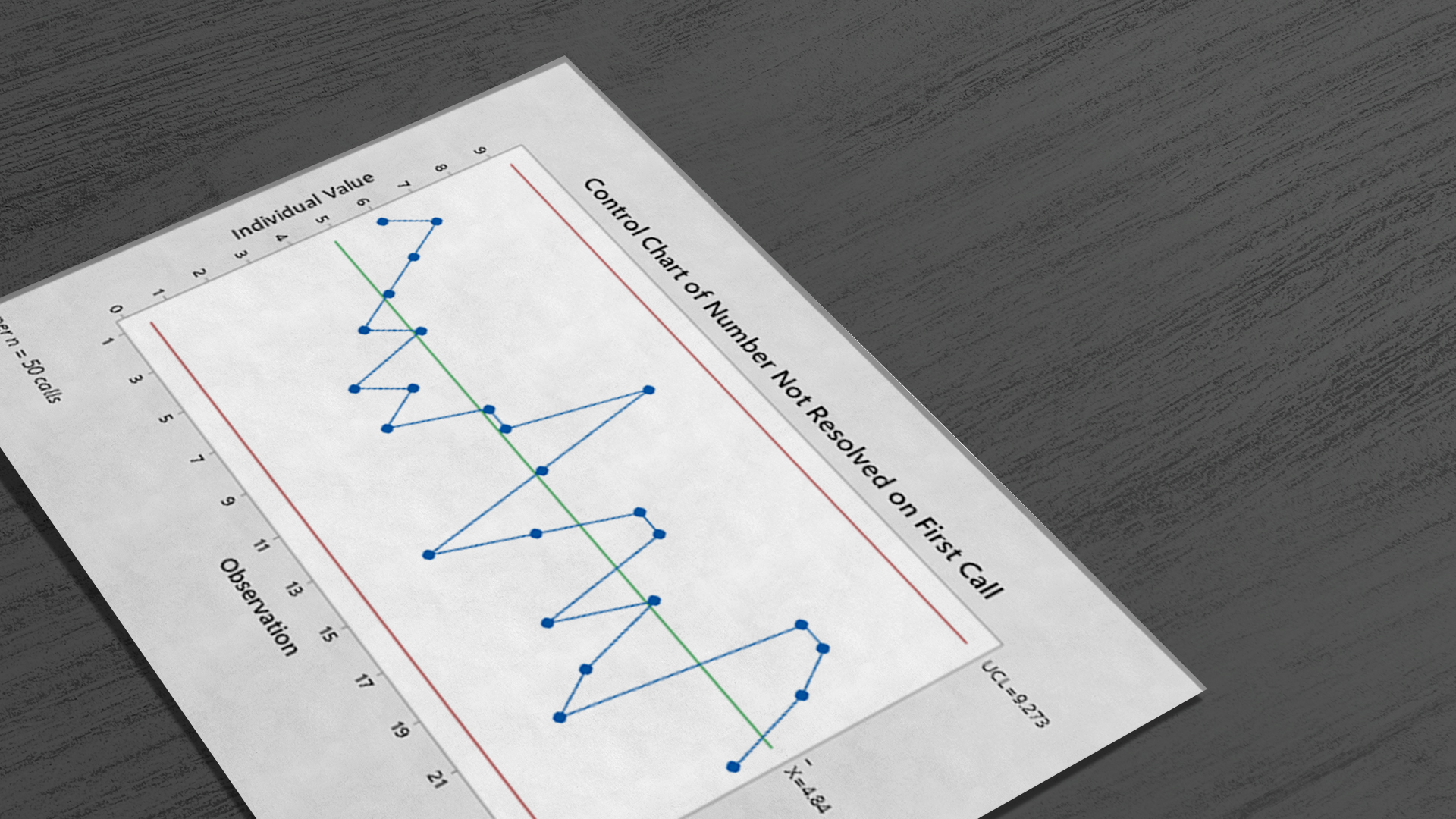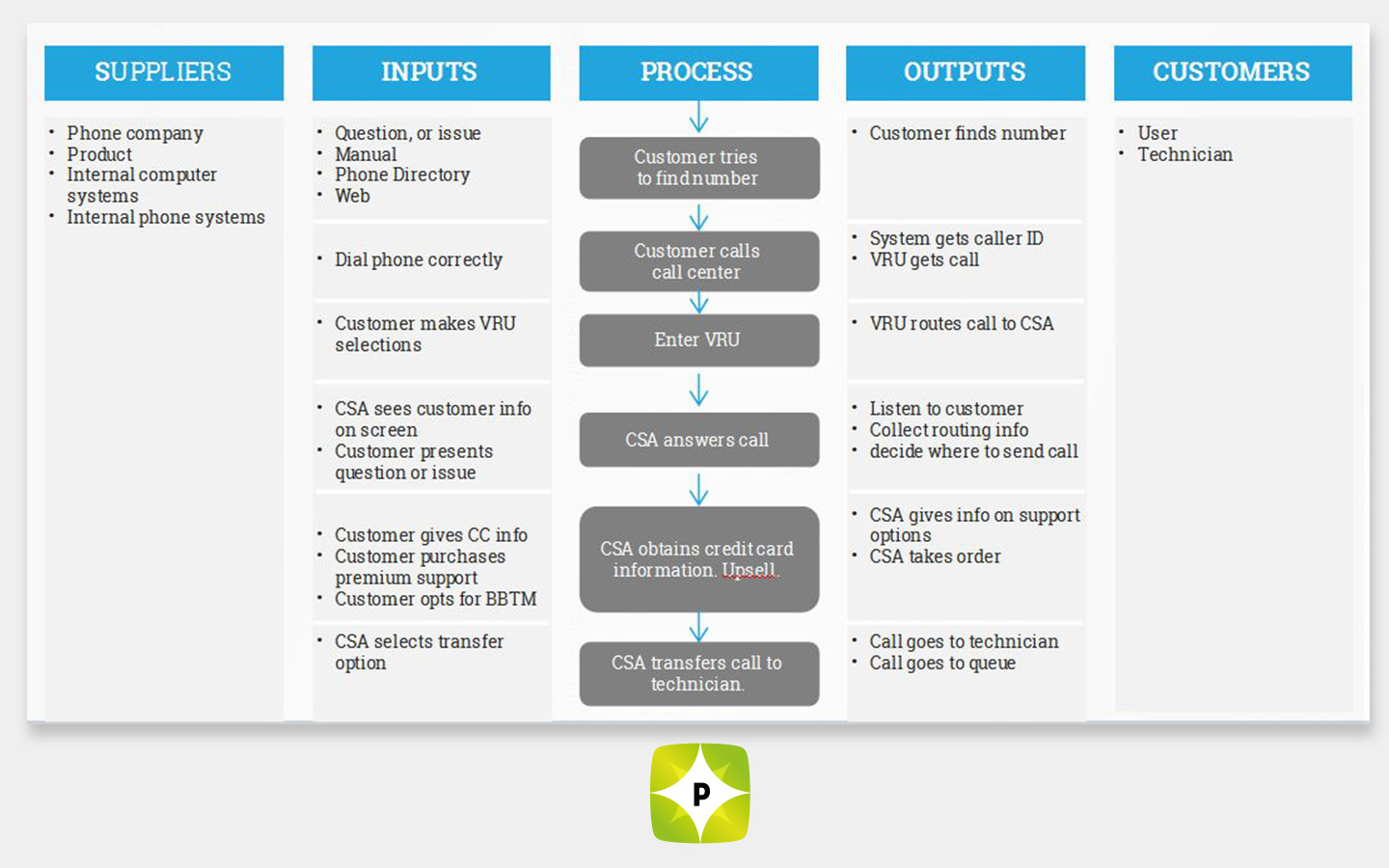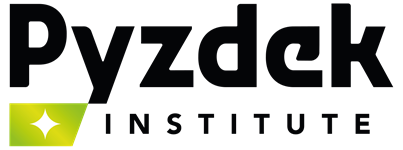Your cart is currently empty!
-

The Pandemic as an Opportunity for Radical Change
In my book The End of Management I describe how complex managed systems such as businesses change. The short version is: they usually don’t. Most business systems are in stable equilibrium most of the time. This state can be thought of in terms of chaos theory and complexity theory. The gist of it is that…
-
The Inspired Labor & Delivery Nurse
Charlene was a nurse in the Labor and Delivery Department of a large metropolitan medical center. The hospital had the highest Cesarean Section rate in their state, which was the source of some rather large headlines and an embarrassment to the hospital. It was also the source of millions of dollars in costs. The Board…
-

Let’s Return to Simple
I recently re-read my original book An SPC Primer originally published in 1978. It brought back my early days in process excellence. At the time I was the only quality control person in a factory that covered an area of 1 mile plus. I was working the graveyard shift and my task was twofold. As…
-

A Change Agent’s Most Important Personal Attribute
Today I received a call from a person interested in becoming a certified Lean Six Sigma Black Belt. Of course, we value him as a customer and he will learn a great deal if he decides to enroll in our Six Sigma training. Among the things he’ll learn are both “hard skills” involving statistics and…
-

What Are SIPOC Maps and How Do You Use Them?
Kirby had been a service agent at the sales contact center for a long time. And he was a good one, one of the best. But his promotion to supervisor for a small group of agents was a new job to him and he wanted his team to do their job better. There were many…
-

Management in One Lesson
John Park, the new CEO of Acme Corporation, just heard a brilliant idea for making his numbers this quarter. He needed it. In his conference call with the financial press last month he made certain promises. If he can’t keep these promises, the stock will surely take a hit. And his options will be worth…
-

What is Six Sigma?
For Motorola, the originator of Six Sigma, the answer to the question “Why Six Sigma?” was simple: survival. Motorola came to Six Sigma because it was being consistently beaten in the competitive marketplace by foreign firms that were able to produce higher quality products at a lower cost. When a Japanese firm took over a…
-

Mapping for Business Improvement
In my Six Sigma Leadership Process post I described the leadership process at the highest level, the L-1 level. I mentioned that the Improve phase of leadership required mapping core processes to an actionable level, a level where the Process Excellence Leadership Team–the PELT–could identify the critical to quality drivers in the process. In this…
-

Managing Metrics Madness
The Black Belt proudly displayed a huge spreadsheet printout. “It’s the first time we’ve been able to see all our metrics in a single place,” he announced. “Everyone was surprised at how many we have.” Including me. There were well over 100 metrics on the spreadsheet. I wondered if all of them were important. Even…
-

Why Six Sigma Is Not TQM
My colleagues often tell me that there is no real difference between Six Sigma and TQM. “Show me where Six Sigma involves anything new.” Six Sigma employs some of the same tried-and-true tools and techniques of TQM. Both Six Sigma and TQM emphasize the importance of top-down support and leadership. Both approaches make it clear…
